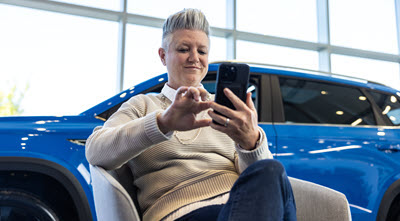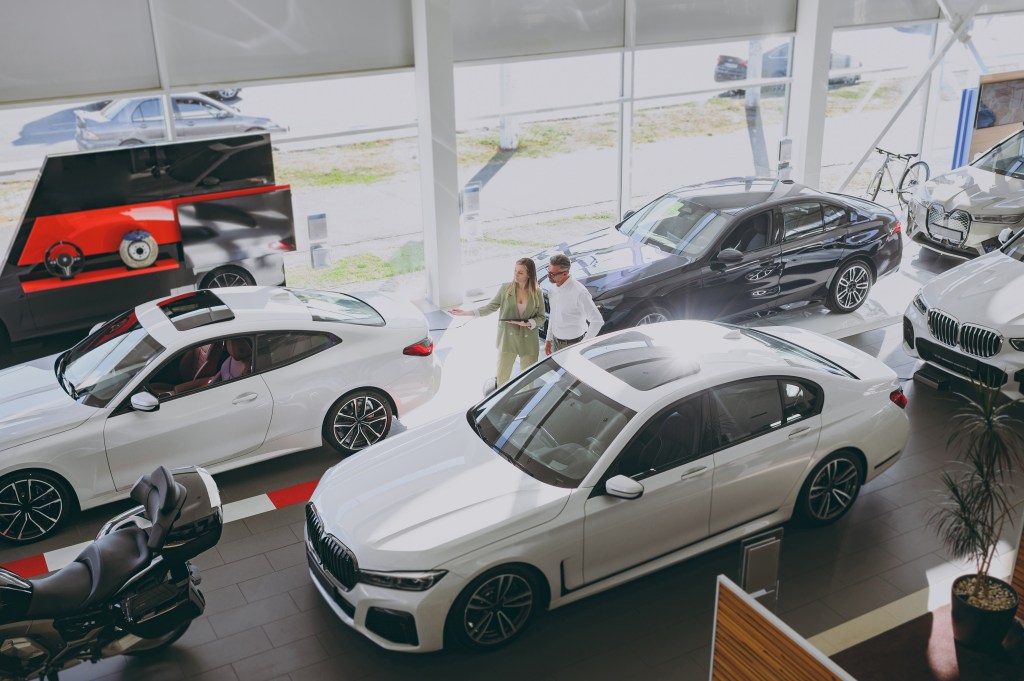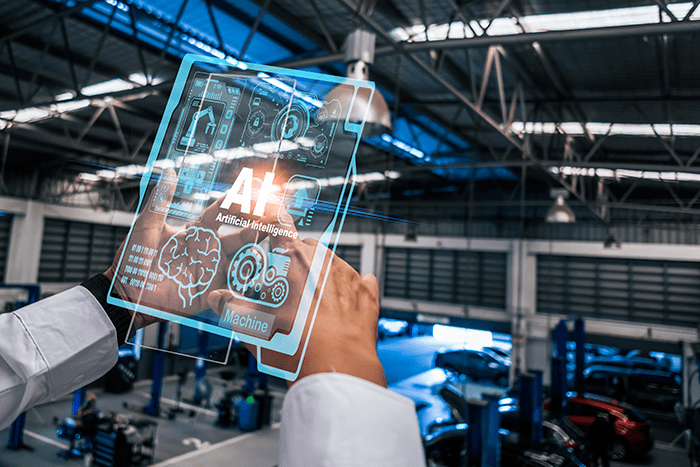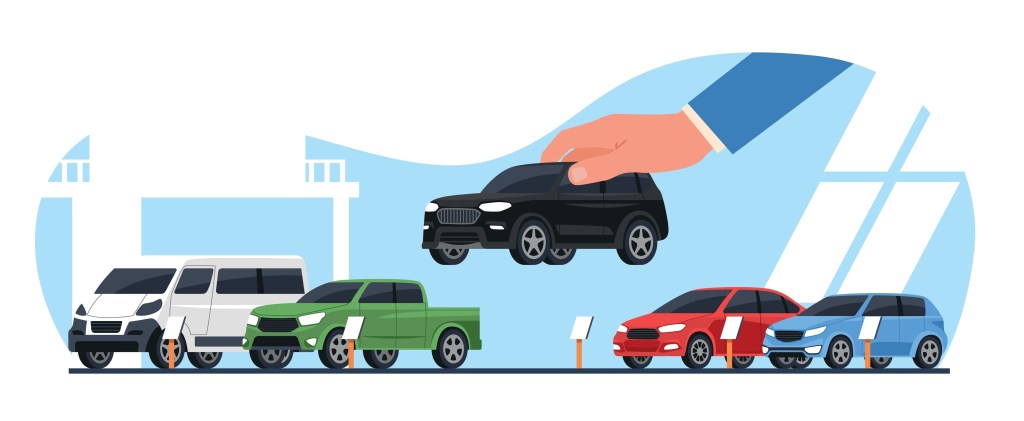For more than a decade, Cox Automotive has been tracking what consumers appreciate and expect from dealers when the time arrives to purchase a new or used vehicle.
From this research, two clear trendlines emerge that hold significant implications for dealers who want to grow their sales volume and profitability of their new and used vehicle departments.
The first trendline is that consumers appreciate it when dealers embrace the way today’s consumers use online resources to research the vehicles they might purchase. Cox Automotive’s 2021 Car Buyer Journey reveals that 66 percent of consumers were “highly satisfied” with their shopping experience, a benchmark that dropped from a record high of 72 percent in 2020, when new and used vehicle inventories were more plentiful and more favorable incentive programs made vehicle purchases more affordable.
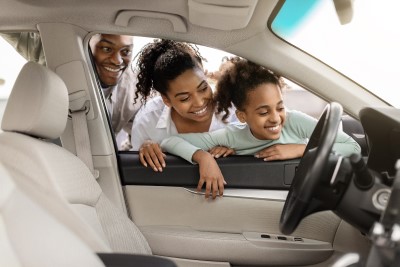
As Cox Automotive’s Vanessa Ton, a senior manager of research and market intelligence explains, “Despite external market factors that dealers cannot control, the car buying experience remains amazingly good. Dealers have done a great job adapting to what consumers wanted during the pandemic and have permanently evolved the car buying journey in a personalized way that results in very high satisfaction even when consumers are contending with historically low inventory and record-high prices.”
The second trendline relates to vehicle buyer satisfaction and loyalty for dealers who consider themselves “all in” in their efforts to provide digital tools that enable the vehicle selection and financing phases of vehicle purchases. The higher rate of satisfaction applies to buyers Cox Automotive classifies as “light digital,” meaning they completed 20 percent or less of their vehicle purchase online, and “heavy digital,” those who completed more than 50 percent of their vehicle purchase online. Dealers who were “all in” with digital tools were better able to satisfy both groups of buyers compared to their less-digitally enabled dealer peers, the study affirms.
In addition, buyer loyalty toward dealers who were “all in” with their digital tools ran higher: The overall rate of loyalty to the dealerships where mostly digital new/used vehicle buyers purchased their vehicles ran 46, compared to 33 percent for light digital buyers.
The findings raise an important question for dealers—in what ways do “all in” dealers deploy digital tools to drive buyer interest in their vehicles and facilitate vehicle sales? We’ll attempt to answer the question by drawing from insights shared by dealers who have made digital tools a priority for three key areas of their businesses:
Vehicle Valuations: Enabling the DIY Interests of Buyers
One of the digital tools that gained significant adoption among dealers in 2020 and 2021 related to vehicle valuations. The 2021 Cox Automotive Car Buyer Journey Study found that consumers used Kelley Blue Book® Instant Cash Offer more often to get a value for the vehicle they wanted to sell or trade compared to other valuation services (e.g., CarMax, Carvana, Cargurus).
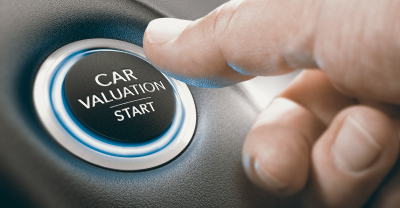
The heightened interest among consumers to use these tools to get a valuation for their vehicle, and their adoption among dealers, owes in part to market conditions. With used vehicle values largely on the rise between 2020 and 2021, and a seemingly constant stream of news media stories highlighting the historic rise, a greater number of consumers wanted to know what their vehicles might be worth. Some wanted to sell them directly to a dealer for cash; others wanted the valuation as part of a trade-in.
Meanwhile, direct-from-consumer acquisitions became more critical for dealers as wholesale values appreciated and auction-purchased inventory became increasingly expensive to acquire and less profitable to retail. Many used digital tools like Kelley Blue Book Instant Cash Offer to expand or launch efforts to acquire vehicles directly from customers through off the street, service lanes and we-buy-cars programs.
“In some ways, dealers have been catching up to retailers like Carvana and CarMax, who’ve helped redefine the expectations customers now bring with them as they sell or trade their current vehicle,” says Micah Tindor, director of business development for Kelley Blue Book Instant Cash Offer. “When customers want to know what their vehicle is worth, they go online to get a value, and they often price-shop several offers.”
For dealers, it’s become essential to offer vehicle valuation tools online, and to ensure that the expectations and experience that starts online extends consistently into your in-store appraisal process, Tindor says. He offers three best practices:
- Follow up quickly when a customer fills out a trade-in evaluation and expresses interest in getting a value for their vehicle. Consumers often get vehicle values from more than one source, and first-responders win often enough that follow-up speed should be a priority.
- Provide a credible number. Dealers turn to Kelley Blue Book Instant Cash Offer for its history as a go-to, trusted source of vehicle value information. If your purchase offer doesn’t seem fair or in line with values consumers get from other sources, you have a smaller chance of getting the car and the customer.
- Separate vehicle valuations from retail deals. Tindor says dealers who have the greatest success acquiring customer inventory will handle the vehicle valuation and purchase offer as a stand-alone transaction, separate from the retail purchase of another vehicle.
Vehicle Merchandising: A Shift to VDP-Driven Storytelling
It’s no secret that consumers are doing a greater share of the vehicle research and selection phases of the car-buying process online. Over the years, Cox Automotive’s buyer journey studies have shown that, rather than visit dealers to determine the vehicles they might want to purchase, consumers are handling this stage of the buying process online, often in the comfort of their homes and offices. The 2021 Cox Automotive Buyer Journey study shows that the time consumers spend in dealerships has been steadily on the decline for years. In 2021, the average time spent in a dealership ran close to two hours and 40 minutes, with a roughly similar breakdown between new or used vehicle purchases.
At the same time, the amount of time consumers spend online researching and shopping for new/used vehicles has also declined. For new vehicles, the time online averaged about five hours and 20 minutes; for used vehicles, the average ran about seven hours and 20 minutes.

The online and in-store vehicle-buying dynamics effectively mean that the way dealers merchandise their inventory online needs to rise to the occasion. Nathan Fox, who oversees merchandising solutions for vAuto, says that consumers are spending their time online winnowing out dealers and vehicles whose merchandising doesn’t give them the engaging, informative experience they’ve learned to expect from other retailers.
Fox points to the Vehicle Details Page (VDP) carousel as an example of where dealers’ merchandising efforts largely need to improve. Fox notes that while dealers have effectively mastered the basics of providing photos and descriptions that give consumers a basic understanding of the vehicle, many want a more engaging experience as they evaluate vehicles for potential purchase.
For dealers, the VDP carousel offers an opportunity for dealers to present vehicles with 360-degree spins and overlays that tell the story of each vehicle’s specific benefits and features, and a dealer’s why-buy-from-us value proposition, Fox says. He notes research from other retail sectors shows that shoppers engage listings that offer such interactive features at a higher rate, and in more depth, than those that don’t.
“Increasingly, we’re finding that the VDP is the place where consumers either get more interested in a vehicle and the dealer who’s offering it or they lose interest, moving on to another vehicle and VDP that better tells the story they want to see,” Fox says.
Vehicle Financing: Offering Online Options Increases Satisfaction
One of the stand-out points from the Cox Automotive’s 2021 Car Buyer Journey Study related to vehicle financing. Among “mostly digital” buyers, nearly 80 percent were satisfied with the experience of financing their vehicle purchase—despite often paying more than they expected, due to limited selection and supply.
The satisfaction, which marked a nearly 8 percent increase from the 2021 study, came from customers who applied for financing online and shaved nearly 30 minutes off the time required in a dealership to complete their purchase.
The implication for dealers is that offering credit applications, F&I menus and other financing options online will only gain momentum as consumers look to make vehicle purchases in less time and without necessarily going to a dealership to complete a purchase. The key to embracing such digital tools rests with enabling consumers to complete some or all steps of the vehicle financing process, as opposed to using the tools to gather and generate leads for a potential sale.
As the 2021 Car Buyer Journey affirms, consumers will continue to go online to research and purchase vehicles. Cox Automotive’s digital retailing data suggests that when dealers embrace consumer expectations to facilitate a larger share of the vehicle purchase experience, and provide the tools to do so, they capture more customers and benefit from higher gross profits when they close deals.






